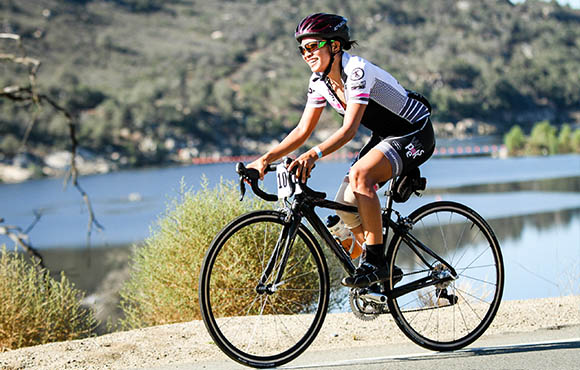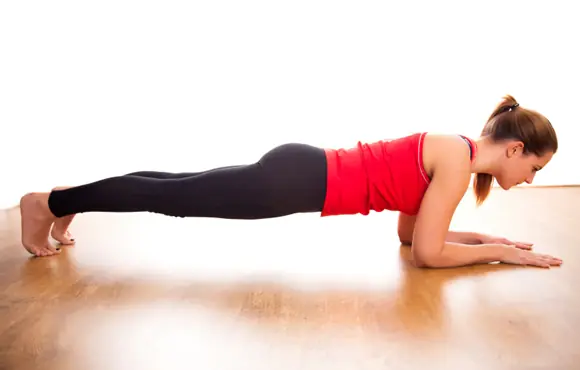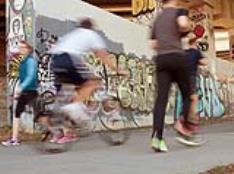Fortunately, there’s a way to train for steep mountain passes even when there aren’t any climbs in your area. Use these tips to become a better climber with or without the convenience of having Alp d’Huez in your backyard.
Take Advantage of Your Conditions
1 of 5
If you live someplace like Kansas or Indiana, you might not have a lot of options when it comes to riding hills. The good news is that most flat locations will have a good amount of wind from time to time.
The best way to simulate a hill is to ride into a headwind. Use a cadence similar to what you'd use on a climb (usually between 75 and 90 rpms) and ride repeats into the wind for close to the amount of time it'll take you to conquer the climb you're training for. Riding into the wind will not only feel similar to climbing, but it'll also challenge you mentally in the same way a mountain does.
If there are one or two short climbs in your area, take advantage of these by doing hill repeats. A set of 10 quarter- or half-mile sprints up a moderately steep incline will train your body for the kind of effort it'll take to reach the top of a bigger climb.
Find:
Your Next RideSimulate the Climbing Position
2 of 5
Aerodynamics are less important on a hill, which means riding in the drops or on the hoods with your head low is not as advantageous. When climbing, it's common to sit in a more upright position with your hands on the handlebar tops. Scooting to the rear of the saddle will also help you recruit more of your glutes and hamstrings--the opposite of the forward, aggressive position on the nose of the saddle that may be your go-to when speeding along on the flats.
To get used to this position and use the muscles you'll need for climbing, it's a good idea to dedicate a portion of your training time riding in a more upright position. While you can definitely do this on the road, riding indoors on a trainer is a good idea too.
Use a riser block or a stack of telephone books to elevate your front wheel as much as possible. Spin in a lower gear, around 75 rpms, and practice riding with your hands on the bar tops, sliding back on your saddle and concentrating on lowering your heel into the bottom of the pedal stroke and pulling up on the upstroke to work more of your hamstrings. This will help you build strength and get used to the climbing position.
Find:
Your Next RideInclude FTP Intervals in Your Workout Routine
3 of 5
Climbing is hard because it takes a big effort to get to the top. If long, slow rides or short, fast intervals are all you're doing in training, getting to the top of an hour-long climb is going to be a big challenge.
To get used to the kind of effort it'll take to conquer a big climb, you'll need to include intervals that concentrate on sustained power over a long period of time. One way to do that is to complete your intervals riding close to your functional threshold power (FTP), which is the highest average power you can maintain for one hour of cycling.
If the climb you're training for is going to take you close to an hour to reach the top, you'll want your intervals to match this amount of time.
Find:
Your Next RideA Sample Workout to Get You Started
4 of 5
The following is an example of an interval set you can do to train for a sustained climb of about an hour:
- After a good warmup, ride at just under your FTP and complete 4 sets of 15 minutes, using a cadence similar to what you use when climbing (75 to 90 rpms).
- Remember to stay on the bar tops and sit in an upright positon.
- Spin easy for two to three minutes in between intervals, using a cadence above 90 rpms.
- Cool down with 10 to 15 minutes of easy spinning.
As you get more comfortable with this type of effort, increase the duration of the interval and lower the number of sets. Complete 2 sets of 30 minutes, eventually moving to one interval set just under your FTP for one hour, which will be close to the effort you'll experience on race day.
If you're going to do these efforts on the road, try to find an area where you won't have to deal with a lot of traffic stop lights. While not ideal, you can also do these efforts in a controlled environment such as the indoor trainer.







Discuss This Article